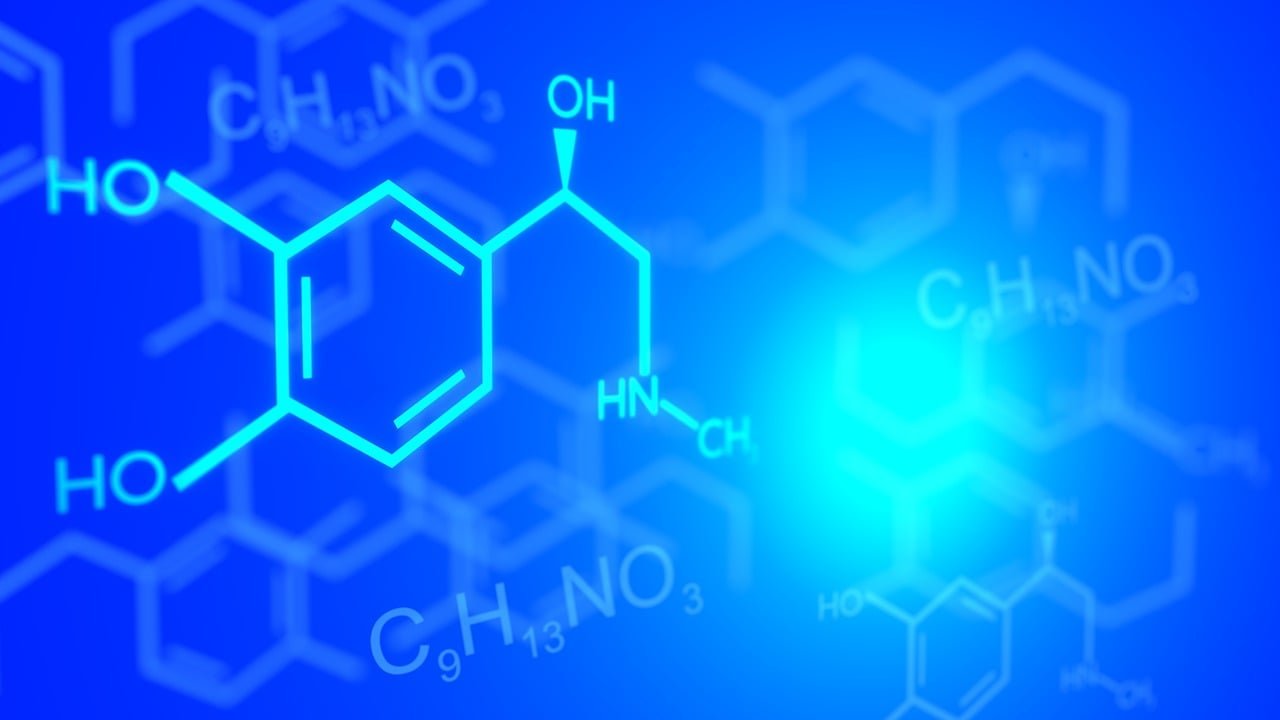Chemistry is filled with fascinating compounds, each with its own structure, reactivity, and importance in both laboratory and industrial contexts. One such compound is hcooch ch2 h2o, a notation that represents a functional arrangement combining formate groups, hydroxyl units, and molecular water. While the formula may look simple at first glance, its chemistry opens up pathways to understanding formates, esters, hydrogen bonding, and organic-inorganic interactions.
In this blog post, we will explore hcooch ch2 h2o in depth—covering its molecular structure, synthesis routes, applications, and real-world significance. By the end, you’ll not only have a clearer picture of how it works but also appreciate its role in modern chemistry and industries.
What is hcooch ch2 h2o?
The notation hcooch ch2 h2o can be broken down into parts:
- HCOOCH → Indicates the formate ester group (related to formic acid derivatives).
- CH2 → A methylene group, central to organic compounds.
- H2O → Water molecule, often involved in hydration, hydrogen bonding, or crystal structures.
When combined, the compound suggests a hydrated ester derivative or a formate-containing complex, depending on the context.
Chemists use similar formulas to describe hydrated organic salts, intermediates in reactions, or structural notations of unstable compounds that exist only in solution.
Structural and Chemical Characteristics
To understand hcooch ch2 h2o, let’s break down its major structural and chemical properties:
1. Functional Groups
- Formate group (-HCOO-) → Derived from formic acid, the simplest carboxylic acid.
- Methylene group (-CH2-) → Key in linking organic chains.
- Hydration (H2O) → Suggests water molecules are part of the compound either physically (crystalline water) or chemically (hydration shell).
2. Bonding Features
- Hydrogen bonding due to the presence of water.
- Covalent bonding within the ester framework.
- Possibility of weak van der Waals interactions in its crystalline or liquid state.
3. Stability
- Compounds like hcooch ch2 h2o are often unstable intermediates.
- They may decompose into formic acid, alcohols, or carbon dioxide under heat.
Synthesis and Preparation Methods
Several synthetic approaches can lead to hcooch ch2 h2o or similar compounds.
Laboratory Preparation
- Esterification reaction
- Formic acid reacts with an alcohol (e.g., methanol or ethanol).
- A water molecule (H2O) may remain as a byproduct or crystallization element.
- Formic acid reacts with an alcohol (e.g., methanol or ethanol).
- Hydration reactions
- Formate esters can absorb water, forming hydrated complexes.
- Formate esters can absorb water, forming hydrated complexes.
- Biochemical pathways
- Certain microbial processes yield formates and intermediates resembling hcooch ch2 h2o.
- Certain microbial processes yield formates and intermediates resembling hcooch ch2 h2o.
Industrial Routes
- Catalytic hydrogenation of CO2 can lead to formates and related hydrated compounds.
- Green chemistry approaches increasingly use CO2 capture methods to generate such intermediates.
Applications of hcooch ch2 h2o
Although not as famous as glucose or acetic acid, compounds like hcooch ch2 h2o play an important role in chemistry, industry, and research.
1. Industrial Chemistry
- Used as a precursor in organic synthesis.
- Plays a role in formate ester chemistry, useful in solvents and intermediates.
2. Green Chemistry and CO2 Utilization
- Formate-based compounds like hcooch ch2 h2o are studied for carbon capture and storage.
- They can serve as CO2 carriers in renewable energy research.
3. Biological Relevance
- Hydrated esters occur in metabolic processes.
- Microorganisms utilize formates in energy cycles, making such compounds biologically significant.
4. Research Applications
- Acts as a model compound for studying ester hydrolysis.
- Helps understand hydration dynamics in organic molecules.
Physical Properties
While exact experimental data for hcooch ch2 h2o is scarce, we can infer general physical properties from its structural relatives:
- State: Typically liquid or crystalline solid (hydrated form).
- Solubility: Likely soluble in polar solvents like water and ethanol.
- Boiling/Melting Point: Varies with hydration; often lower than anhydrous esters.
- Odor: May resemble formic esters, which have fruity smells.
Reaction Behavior
hcooch ch2 h2o can undergo a variety of chemical reactions, depending on conditions:
- Hydrolysis
- Breaks down into formic acid and alcohol.
- Breaks down into formic acid and alcohol.
- Dehydration
- On heating, it may lose water and rearrange into simpler esters.
- On heating, it may lose water and rearrange into simpler esters.
- Oxidation
- Can be oxidized to CO2 and water.
- Can be oxidized to CO2 and water.
- Catalytic Reactions
- Plays a role in acid-catalyzed esterification.
- Plays a role in acid-catalyzed esterification.
Case Study: Hydrated Esters in Green Chemistry
In 2022, researchers investigated formate esters similar to hcooch ch2 h2o as CO2 carriers. These hydrated intermediates showed promise in storing and releasing CO2 under mild conditions. This makes them useful for renewable fuel technologies and sustainable industrial practices.
This case highlights how even lesser-known compounds can contribute to major advancements in environmental chemistry.
Advantages and Challenges
Advantages
- Versatile in organic synthesis.
- Environmentally significant in carbon utilization.
- Provides insights into hydration and ester reactions.
Challenges
- Often unstable, making isolation difficult.
- Limited direct industrial uses compared to other esters.
- Requires controlled conditions for safe handling.
Comparison with Related Compounds
| Compound | Formula | Key Feature | Use |
| Formic acid | HCOOH | Simplest carboxylic acid | Preservative, industrial feedstock |
| Methyl formate | HCOOCH3 | Ester of formic acid | Solvent, intermediate |
| hcooch ch2 h2o | Hydrated ester form | Includes water of hydration | Research, synthesis |
| Acetic acid | CH3COOH | Carboxylic acid | Food industry, polymers |
Best Practices for Handling hcooch ch2 h2o
- Store under cool, dry conditions.
- Avoid prolonged exposure to heat.
- Use airtight containers to prevent decomposition.
- Handle with gloves and protective equipment in labs.
Future Prospects
The study of compounds like hcooch ch2 h2o is expected to grow in areas such as:
- Renewable energy research → as CO2 carriers.
- Industrial catalysis → for efficient ester synthesis.
- Pharmaceutical chemistry → as intermediates in drug design.
Its role as a hydrated ester makes it important for bridging the gap between basic organic chemistry and applied environmental science.
Frequently Asked Questions (FAQs)
1. What is hcooch ch2 h2o used for?
It is used mainly in organic synthesis, research studies, and CO2 utilization experiments.
2. Is hcooch ch2 h2o stable?
Not very—it often exists as a hydrated intermediate and can decompose into formic acid and alcohol.
3. How is hcooch ch2 h2o prepared?
It is typically prepared through esterification reactions and may include water molecules due to hydration.
4. Does hcooch ch2 h2o occur naturally?
Yes, similar hydrated esters can appear in biochemical pathways and microbial metabolism.
5. Can hcooch ch2 h2o be used in green chemistry?
Absolutely—it is studied for its potential role in CO2 capture, storage, and utilization.
6. How does hcooch ch2 h2o compare with methyl formate?
Both are formate esters, but hcooch ch2 h2o is a hydrated version, making it less stable yet useful for research.
7. What safety precautions are needed for hcooch ch2 h2o?
Use gloves, goggles, and airtight storage to prevent decomposition and accidental exposure.
Conclusion
While not as well-known as everyday compounds, hcooch ch2 h2o holds significant value in chemistry. From its structural insights to its applications in green chemistry and synthesis, this compound bridges the worlds of theoretical chemistry and industrial relevance.
As industries continue to focus on sustainability, carbon capture, and innovative synthesis, compounds like hcooch ch2 h2o will likely become more important.
👉 Whether you are a student, researcher, or industry professional, keeping an eye on such hydrated esters can help you stay at the forefront of modern chemical advancements.














